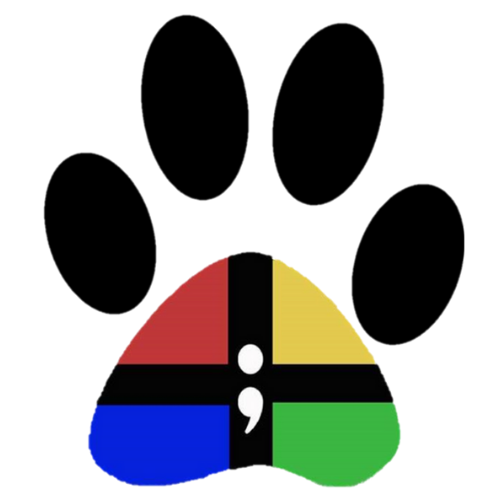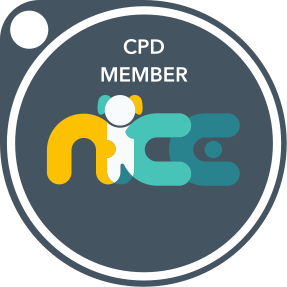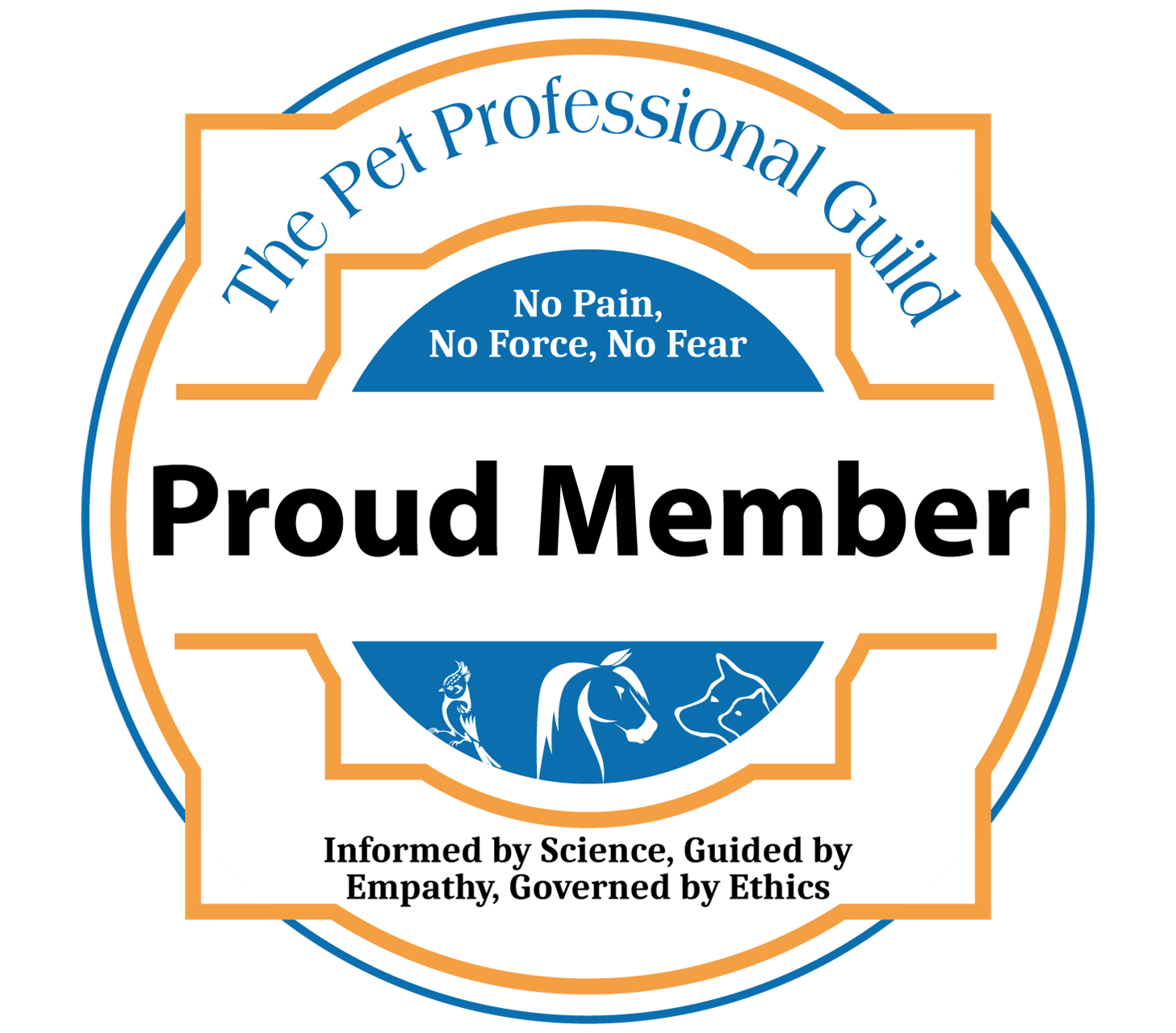|
Our site includes detailed information, which can feel overwhelming for some users. We’ve added short summaries on each public page to support accessibility. If you need any support, please contact us via WhatsApp (audio/video messages only) at 07548 825 101 or email at enquiries@pawsitivesquad.co.uk.
Preparing your household
Adding a new dog to a household is always a big deal. If you live alone then it's certainly easier to set boundaries and have a plan but it's still important to have decided what your boundaries are going to be before your dog comes home. When you have other dogs or multiple people in the house especially disabled individuals or children planning and preparation is vital for smoothly transitioning your new dog into the family.
Setting rules and expectations
One of the most common causes of dysregulated, confused and anxious puppies are inconsistent boundaries and handling. This means the whole household need to agree on a set of clear rules and boundaries for the dog and everyone needs to uphold those same boundaries for the dogs. Boundaries can be adjusted as a dog grows up but again, any adjustments need to happen as a household and certainly not implemented until your dog is a calm and confident household member who consistently sticks to the original boundaries.
|
Disability related considerations
|
|
Children and dogs
All dogs are able to harm children but when they're puppies, without careful management your child will end up regularly getting jumped on, scratched and bitten. My top tips for preparing your children for a dog are:
|
|
Other dogs already in your household
No matter how confident and calm your dog is, introducing a new dog will time to get used to and, contrary to tradditional advice, it really isnt fair to throw your dogs together and let them just work it out for themselves. |

.png)




.jpeg)

